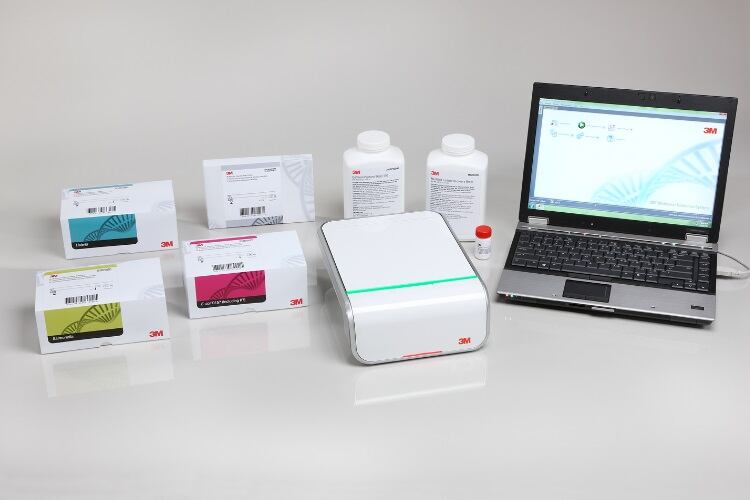Under contract, the 3M Molecular Detection System will be the primary molecular method used by FSIS for detecting E. coli O157, Salmonella and Listeria monocytogenes. It was chosen based on performance evaluation against other commercially available systems.
Polly Foss, 3M Food Safety global vice president, said, “The 3M Molecular Detection System has proven to be a highly accurate and efficient tool for many food producers globally. Protecting food, consumers and businesses with innovative and reliable technologies has been at the core of everything we do, so the USDA FSIS’ selection of 3M as a partner is validation of the science and the spirit of our work.”
The system is already used in more than 40 countries by private manufacturers, contract testing labs, universities and governments. FSIS will use it at regional labs in Athens, Georgia, St. Louis, Missouri, and Albany, California.
Protecting US dairy
According to 3M, the dairy industry is particularly susceptible to the three major pathogenic organisms that threaten the safety of meat, poultry and egg-related products, identifiable by the 3M Molecular Detection System.
Raj Rajagopal, Ph.D., 3M Food Safety senior global technical service specialist, told DairyReporter, “Even in the US, which has one of the safest and highest quality milk supplies in the world, human pathogens are commonly detected. Listeria monocytogenes has been found in up to 12.6% of milking facilities and its infection can be fatal.”
He also revealed that Salmonella spp. has shown a 6.1% prevalence in milking facilities and pathogenic E. coli infection has been found in 4% of surveyed dairy farms.
The technology used in the system is an isothermal DNA amplification and bioluminescence detection. It results in a “fast, accurate, easy-to-use application that overcomes some limitations of PCR (polymerase chain reaction) pathogen testing methods.”
Users in various food and beverage categories can run up to 96 different tests at the same time for a range of organisms and across different food and environmental samples.
“By being subjected to DNA-level testing on products, manufacturers and their government authorities gain confidence in the microbiological safety of the products that are released to consumers. [But] testing is just one important component of a validated food safety strategy and approval process,” Rajagopal said.
The contract took effect on July 6 and 3M has already started to supply FSIS with the system units.

